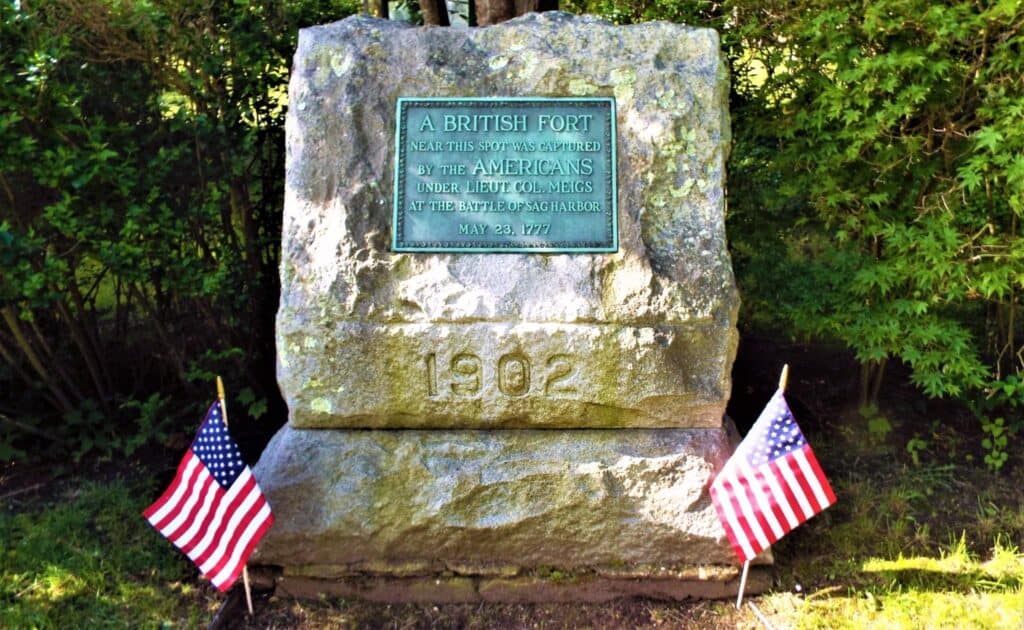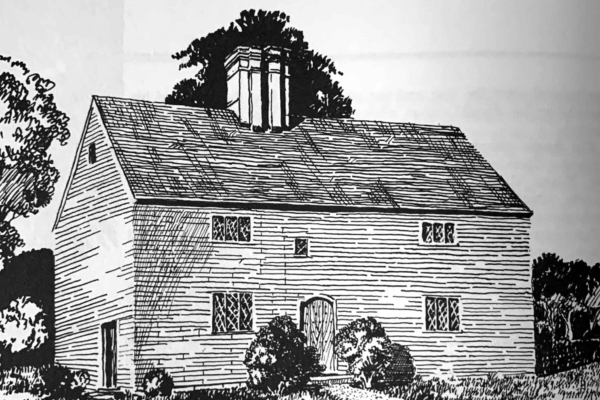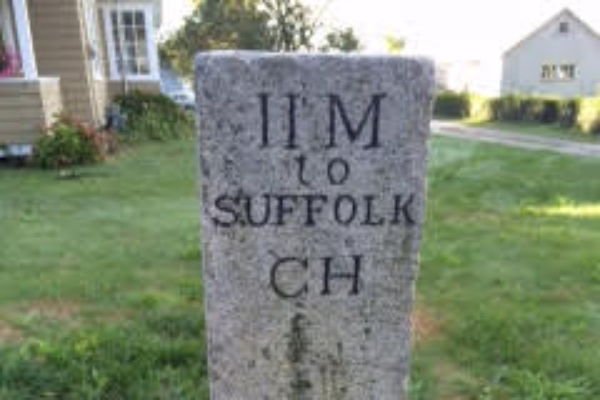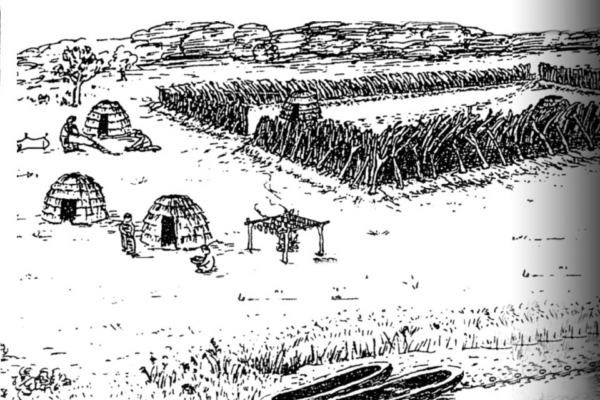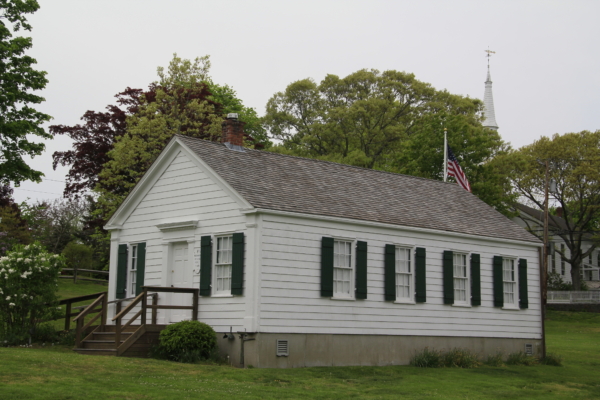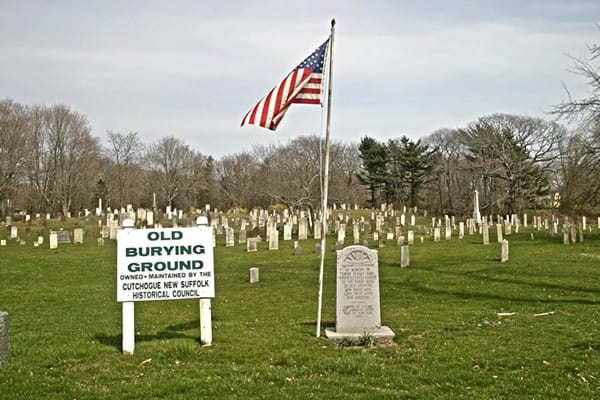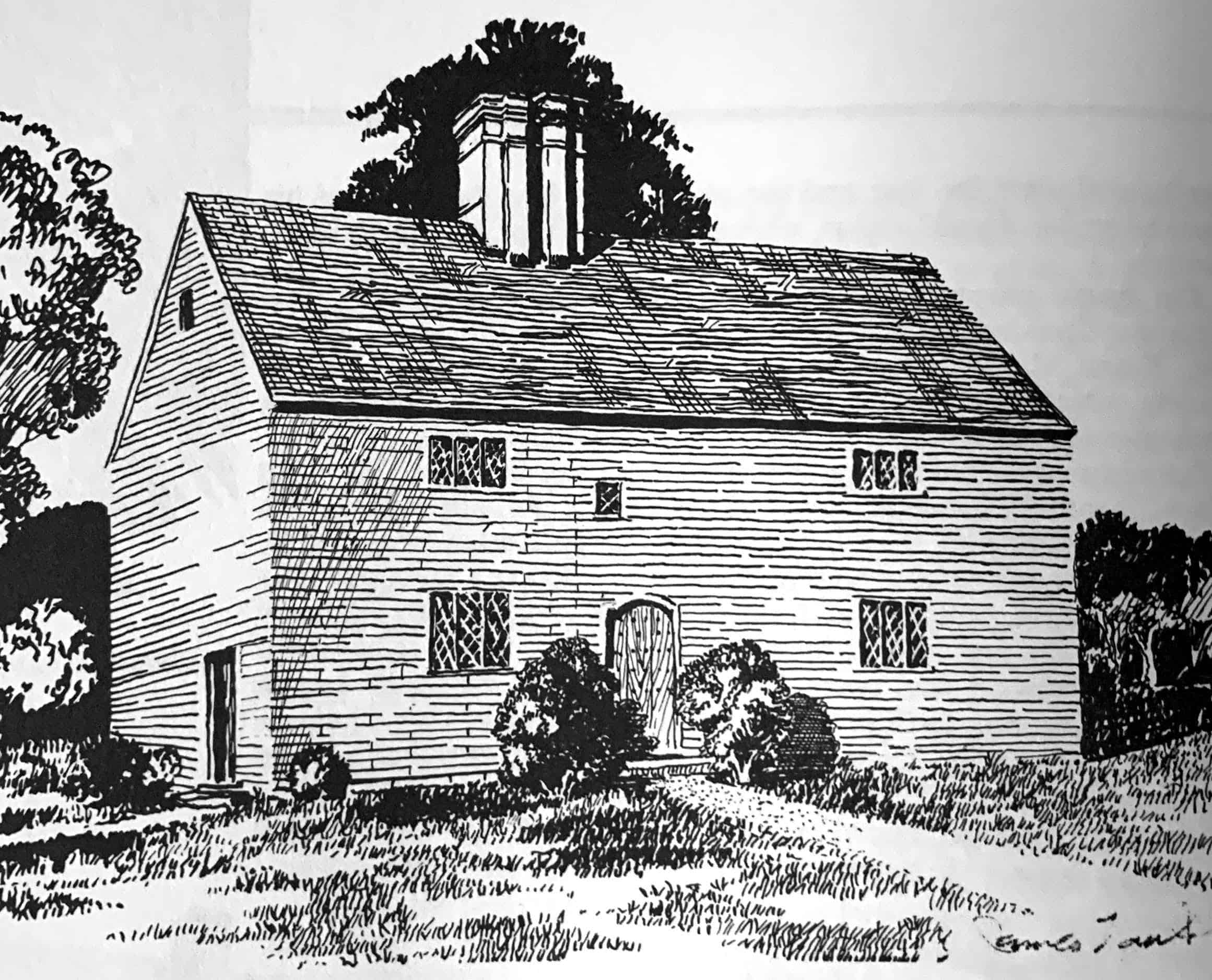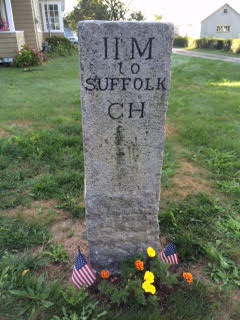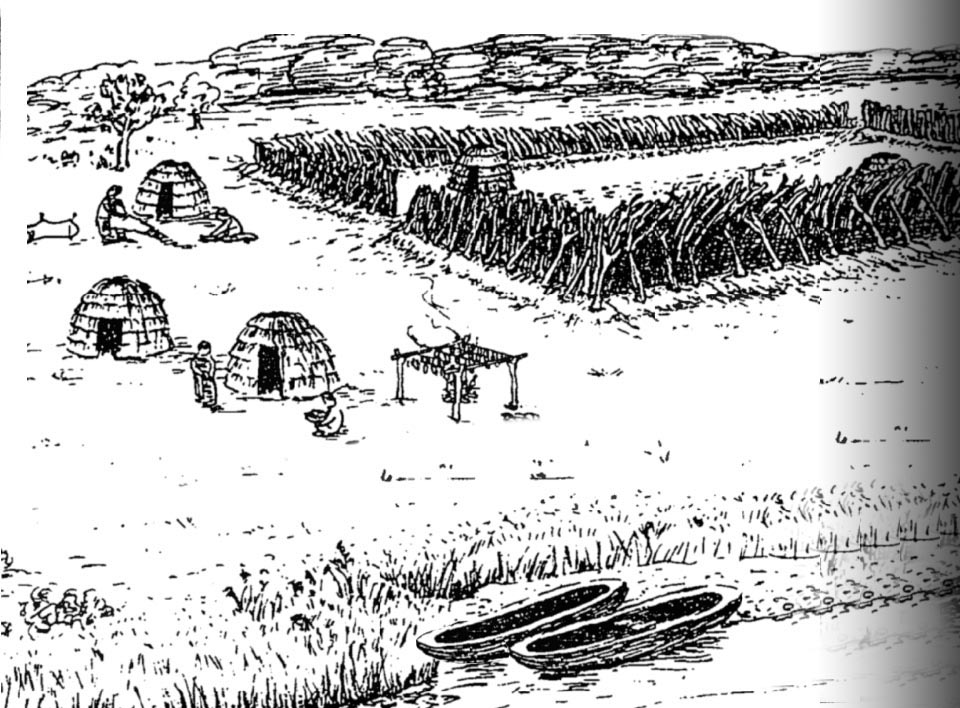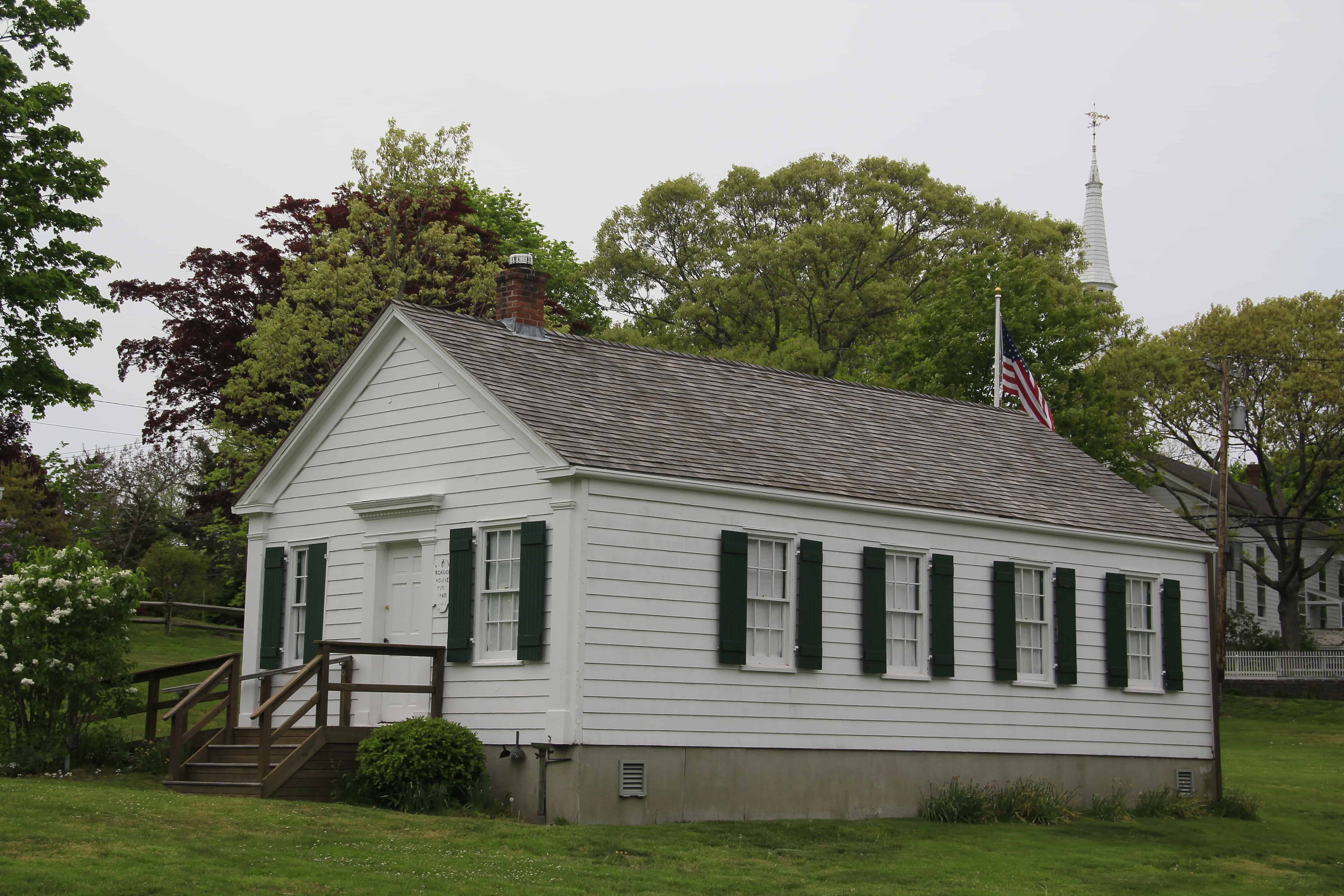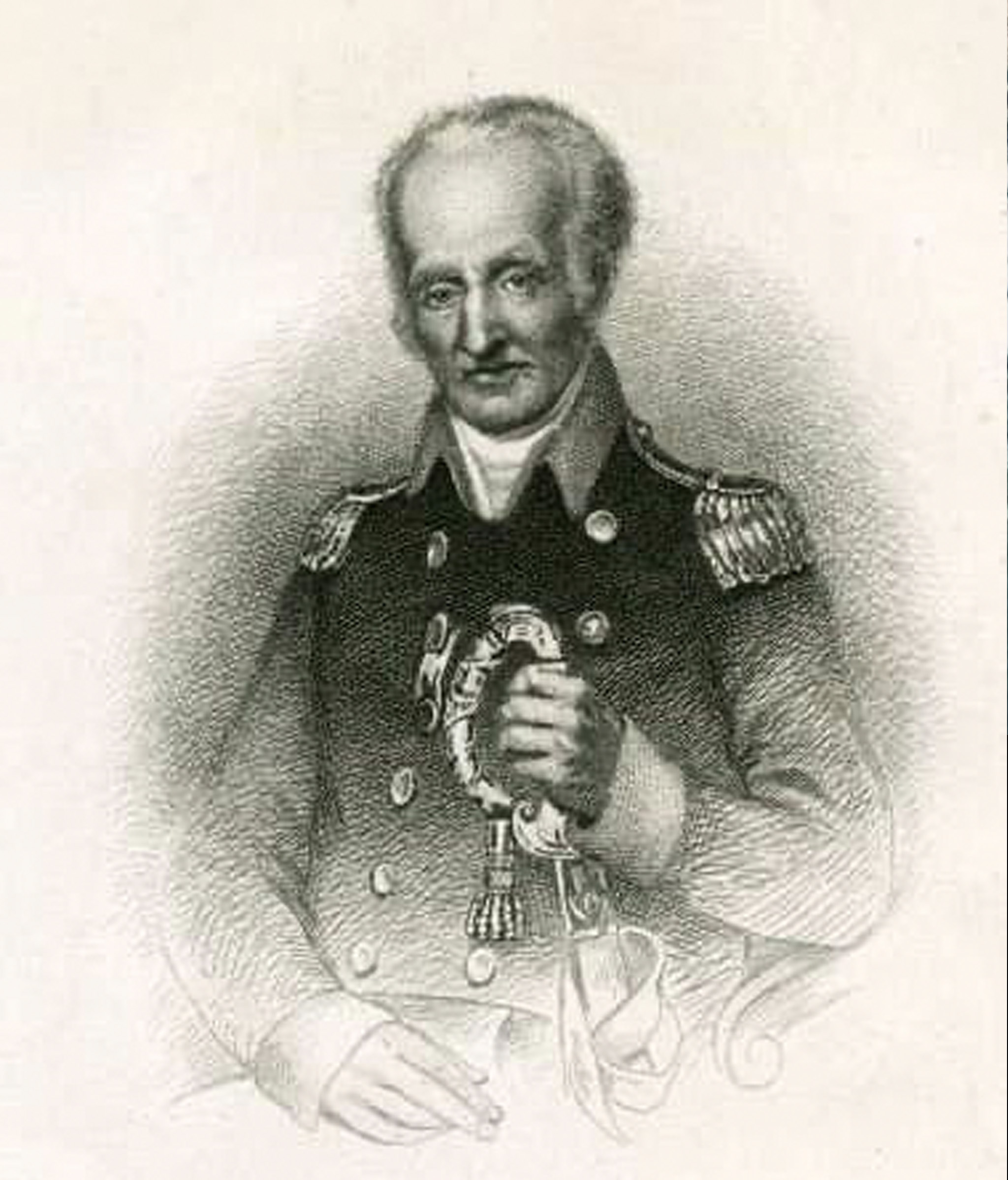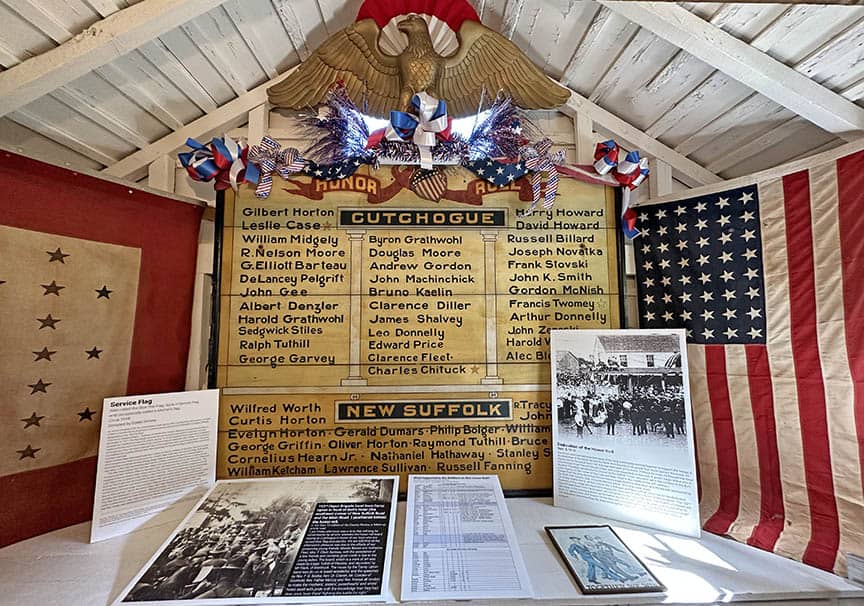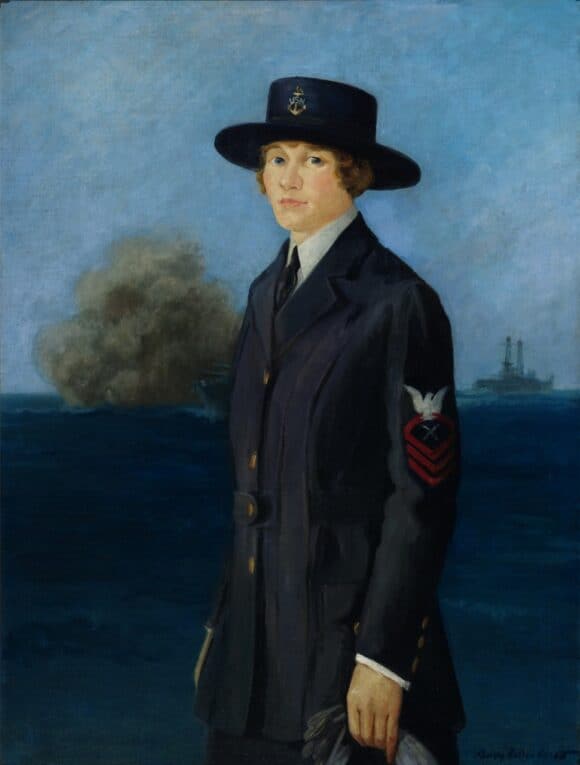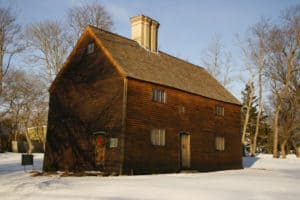This Memorial Day week is an appropriate time to remember our local involvement in the Revolutionary War. And what better way to do it than to read about what happened on the week that marks the 246th anniversary of Meigs Raid, also known as the Battle of Sag Harbor. This was a well-planned, well-executed, and dramatically successful military action that happened on the East End of Long Island. Historical markers honor it at Guilford, CT, Southold, and Sag Harbor, NY.
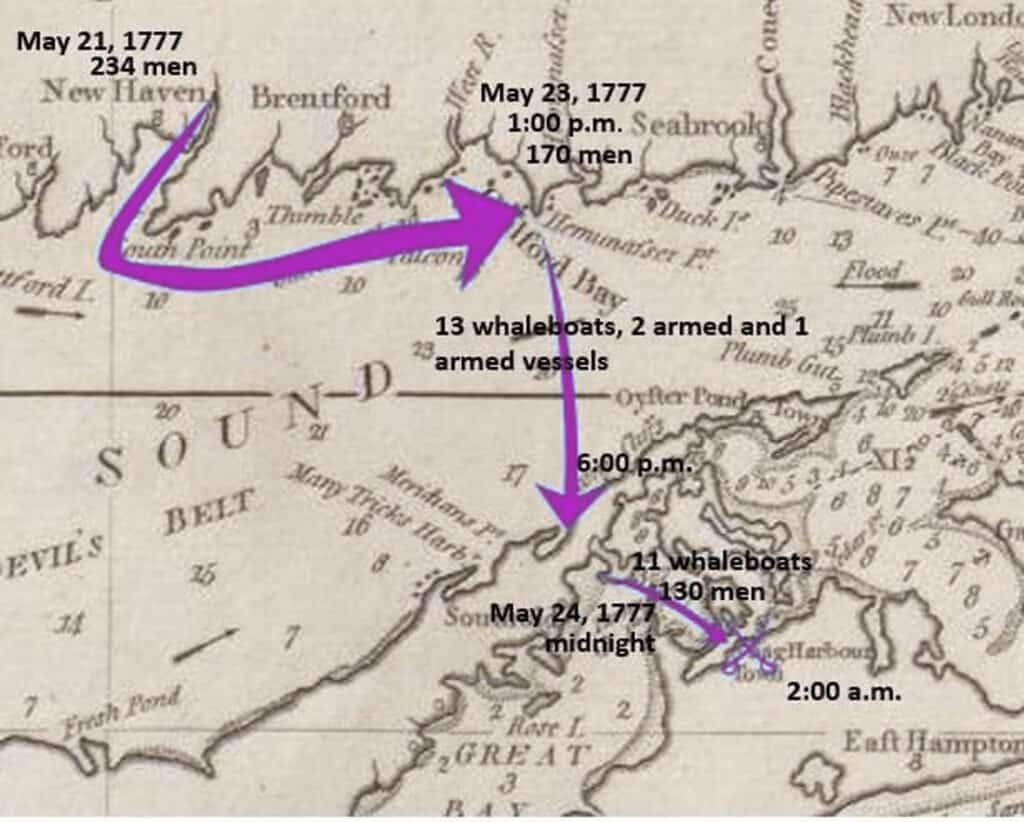
At 2 pm on May 23rd, 1777, Colonel Return Jonathan Meigs and 170 patriots left Guilford in 13 whaleboats and crossed Long Island Sound. They landed at what is now Southold Town Beach, portaged to row across Hashomomuck Pond and then Peconic Bay. They landed 4 miles below Sag Harbor at about 11 pm. They marched 2 miles inland to Brick Kiln Road and captured a small British outpost and two soldiers. They forced the captured soldiers to take them to the British loyalist commander, Captain James Raymond, who was staying in the village at the Howell Tavern, now the site of the American Hotel.

They captured Captain Raymond and may have divided their forces. At about 2 am, one group went to attack the British fort at Burial Hill at the corner of Union and Madison. There they killed 6 British soldiers and captured more than 50. The other group went to the harbor, where they burned 12 sloops loaded with forage, grain, and rum and captured another 37. These boats were ready to travel to New York to supply the more prominent British army. They did this without casualties or loss of life to the Patriot soldiers. After completing these assaults, they took their 90 prisoners, marched back to their whaleboats, and rowed back to Guilford, the way they came. They did this all over a period of 25 hours.
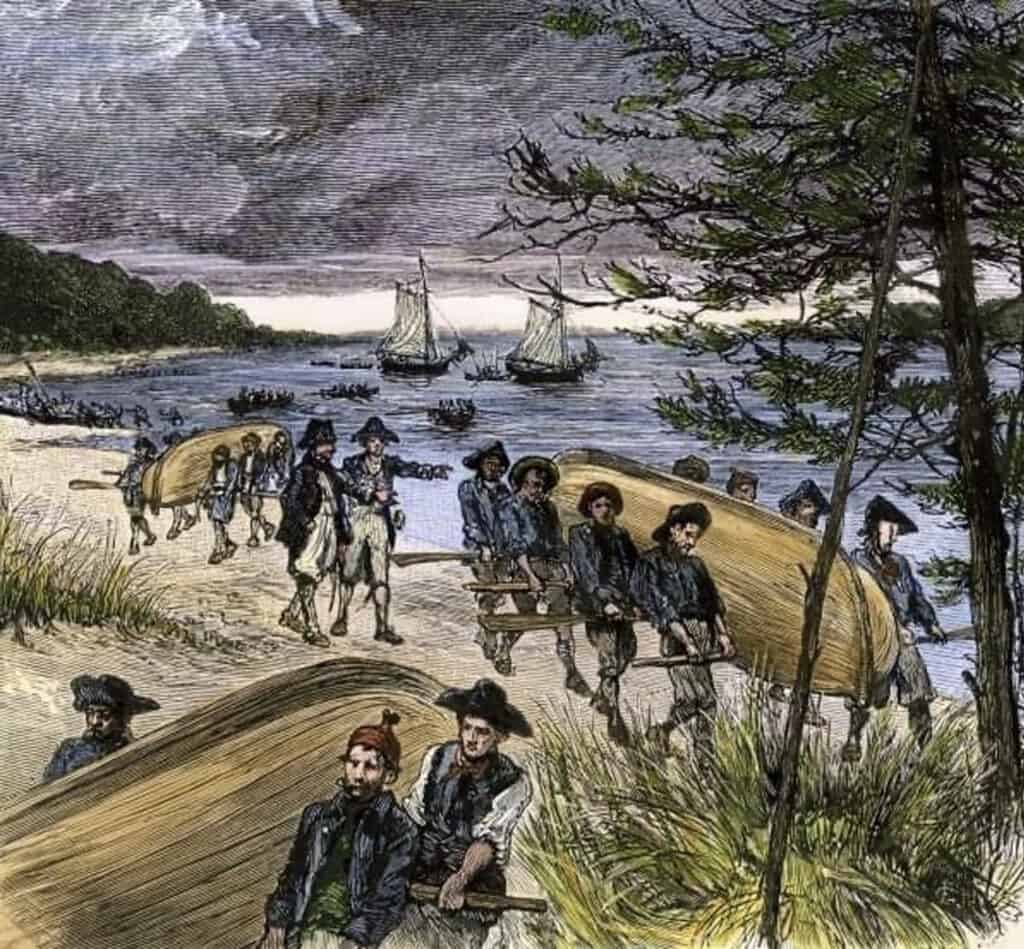
This action was undertaken in response to an April raid by the British against Danbury, CT, where the British destroyed tents, ammunition, and other supplies, and the town was burned. The planning for the raid accounted for the tides and the currents. Misdirection was used to suggest their intended target was the fort at Setauket. During the raid, a popular Patriot, General Wooster, was killed.
Whaleboats were used by both sides to conduct raids. They are sleek and quiet, with a bow at both ends; after the attack on Danbury, a Patriot, and native of Sag Harbor, Sgt. Elnathan Jennings went to his superiors and reported he had knowledge of the disposition of troops and supplies at Sag Harbor and offered to serve as a guide.
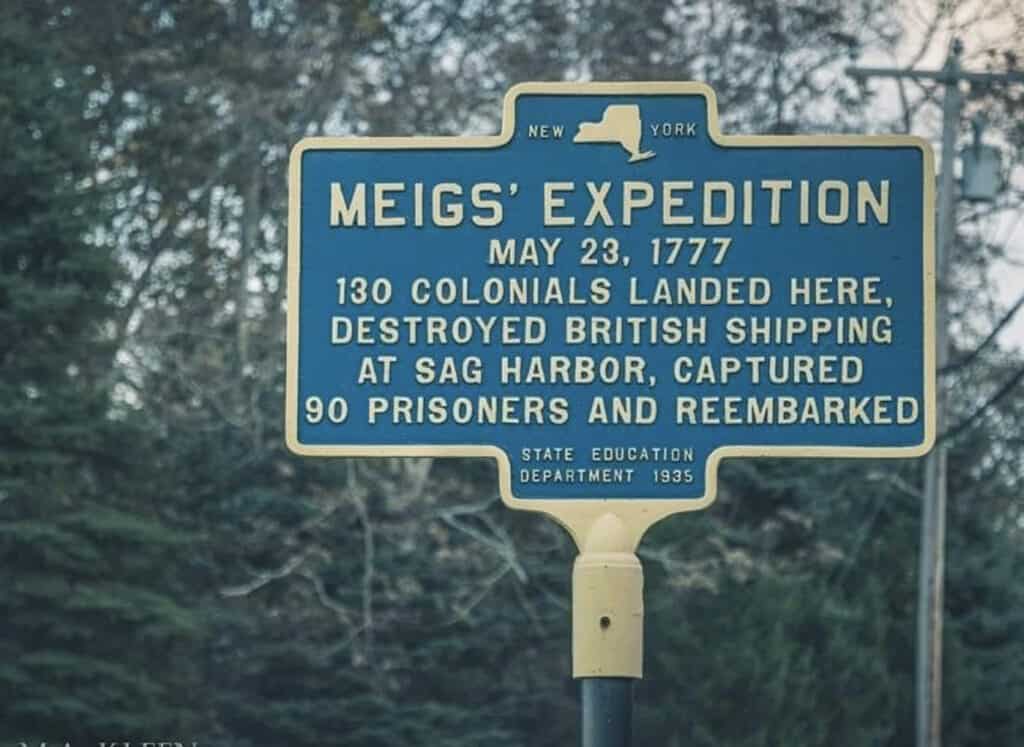
General Washington was delighted with the successful raid, commending Colonel Meigs and recommending Sgt. Jennings for a promotion. Morale was raised, and the raid was celebrated, prompting the Continental Congress to award Colonel Meigs a ceremonial sword in July 1777.
Perhaps in a small way, the successful action added to the significant victory later in 1777 at the Battle of Saratoga, convincing the French to make a more substantial investment in the Patriot cause.

A vignette reported in a popular history of Southold by Warren Hall suggests that two owners of our Old House were connected to this raid and its aftermath. He writes that Jared Landon may have been a guide in the Meigs’ group that traveled through Southold, and that Parker Wickham, with Loyalist sympathies, reported him to the local British authorities leading to arrest and imprisonment. After the revolution, Parker Wickham, the then-owner, had his property confiscated, an illegal action. Jared Landon later purchased the property at auction. Evidence supporting this account could not be located.
According to family lore, Colonel Meig’s unusual first name came from a courtship story of his father and mother. His father, Jonathan, sought his mother’s hand in marriage, and she reportedly told him that she respected him but could not marry him. As he was walking away, she had a change of heart and called him back, saying, “Return, Jonathan.” Colonel Meigs, their firstborn son, was named Return Jonathan Meigs.
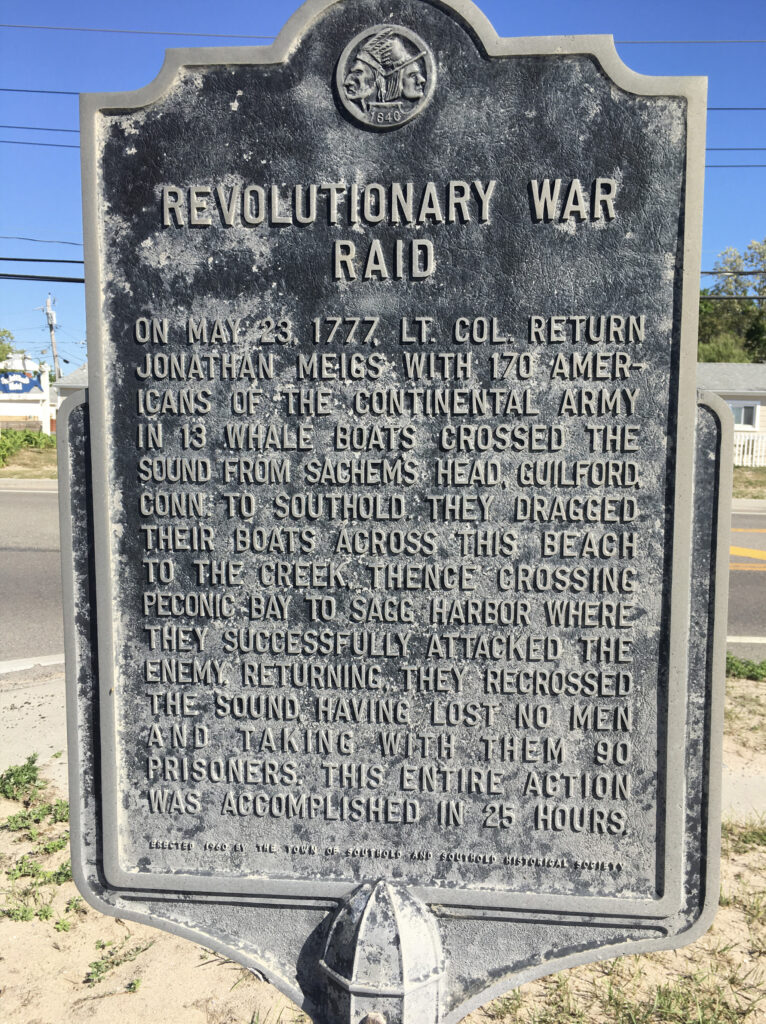
Colonel Meigs served with distinction throughout the Revolutionary War. He was at Bunker Hill, the march on Quebec, and the battle of Stony Point with General Mad Anthony Wayne.
After the war, he had an illustrious career. He was an early settler/surveyor in the incipient Ohio Territory in Marietta, Ohio. He later served as a justice of the peace and legislator and then served as an agent for the Cherokee tribe in Tennessee. A county in Tennessee and a mountain were named for him. He was born in 1740 in Middletown, Connecticut, and died in Tennessee in 1823.
As we approach Memorial Day, the anniversary of Meig’s raid, a daring and resounding success, deserves to be remembered.
